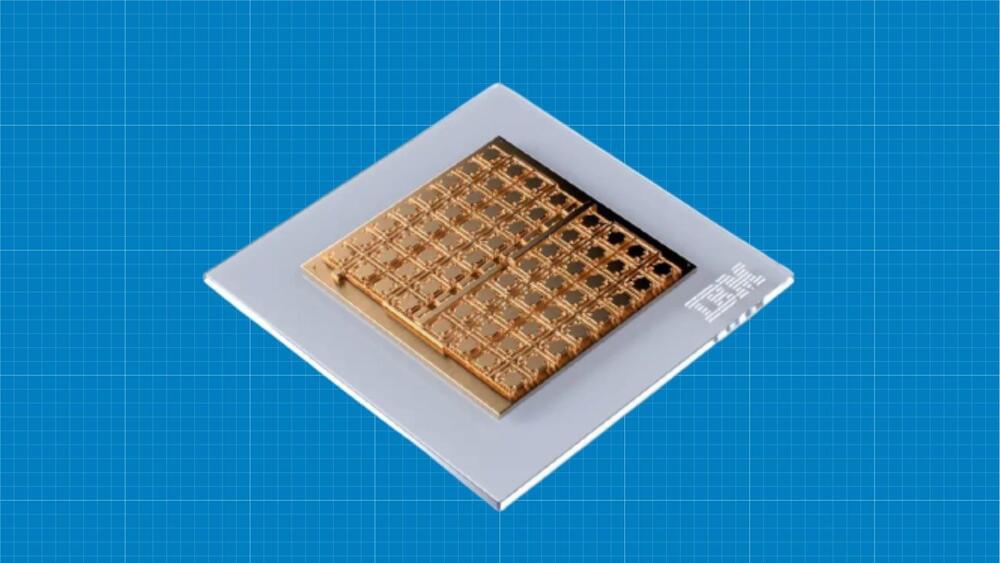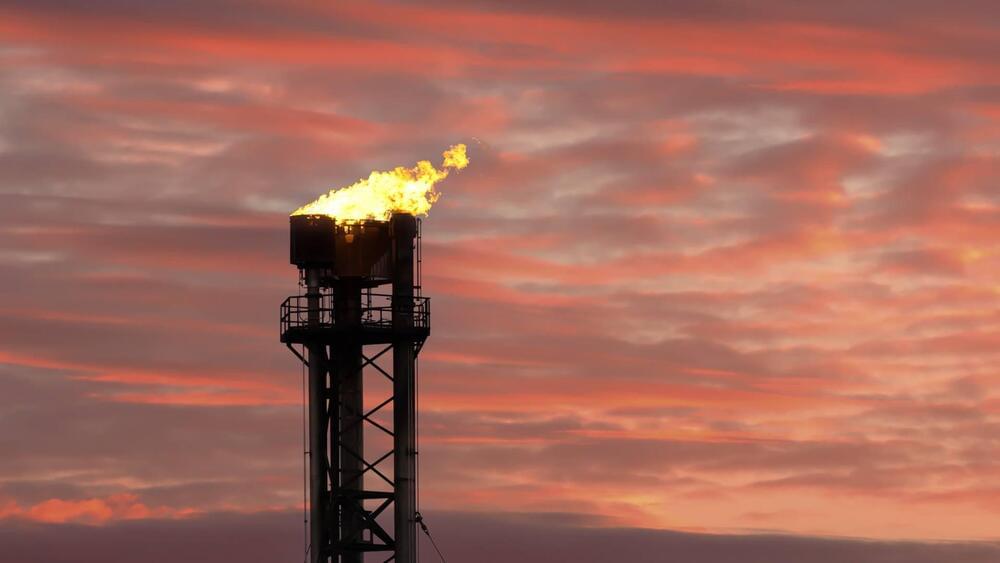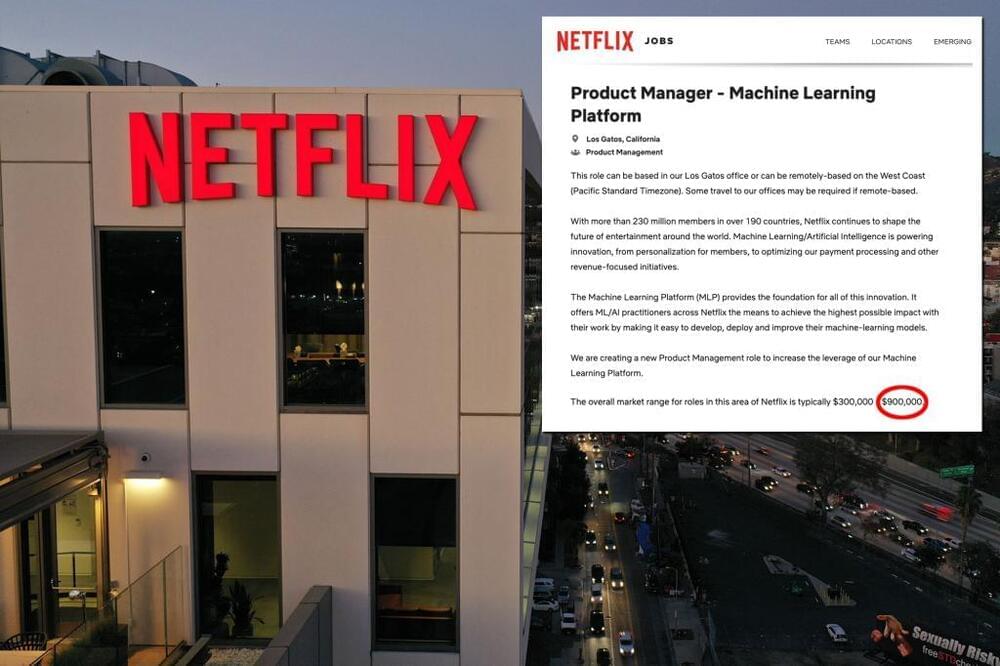Cognitive neuroscience playlist.
Share your videos with friends, family, and the world.
Cognitive neuroscience playlist.
Share your videos with friends, family, and the world.

Amazon announced this morning it will begin to leverage generative AI to help customers better understand what customers are saying about a product, without necessarily having to read through dozens of individual reviews. The retailer says it will use the new technology to provide a short paragraph of text right on the product detail page that will highlight the product features and customer sentiment mentioned across the customer reviews.
This blub of text could be used to get an overall sense of the common themes across the reviews more easily, Amazon noted.
In addition to the summary text, Amazon will also highlight key product attributes as clickable buttons. For example, if a customer wanted to know about the product’s “ease of use” or “performance,” they could tap a button to see just those reviews that mention those terms.

The chip’s components work in a way similar to synapses in human brains.
Tech corporation IBM has unveiled a new “prototype” of an analog AI chip that works like a human brain and performs complex computations in various deep neural networks (DNN) tasks.
The chip promises more. IBM says the state-of-the-art chip can make artificial intelligence remarkably efficient and less battery-draining for computers and smartphones.

OpenAI, the artificial intelligence studio that popularised AI with its chatbot ChatGPT, is reportedly facing a financial crisis that could lead to its bankruptcy.
According to a report by Analytics India Magazine, OpenAI spends a staggering $700,000 every day to run ChatGPT, one of its flagship AI services. The chatbot, which uses a powerful language model called GPT, can generate realistic and engaging conversations on various topics.

The polluting emission is rarely recycled and does much damage to the planet.
Methane is an extremely harmful emission and one that is rarely recycled. Now, researchers from the University of Central Florida have found a way to transform it into energy and materials.
This is according to a press release by the institution published on Friday.
The new development is the work of nanotechnologist Laurene Tetard and catalysis expert Richard Blair.

The transformative power of technology cannot be denied. From the printing press to the internet, every new innovation brings about a world of possibilities. But with the good news come challenges, and the rise of generative artificial intelligence is no different.
Generative AI, with its profound capability to produce almost any piece of content, from articles to photos and videos, can fundamentally reshape our online experience. But as this technology grows more sophisticated, a crucial question emerges: Is generative AI undermining the very foundation of the internet?
Explore the astonishing capabilities of generative AI as it blurs the lines between reality and digital deception, and discover the urgent race to safeguard the truth.

Artificial intelligence has been blamed for thousands of layoffs — but a lucky few who are trained in the red-hot technology could find lucrative jobs paying as much as $900,000 a year. Streaming service Netflix touts an opening for a machine-learning platform product manager on its website that pays anywhere from $300,000 to $900,000 per year, including base salary and bonus.
The role requires tech junkies to “define the strategic vision for MLP [Machine Learning Platform]” and measure its success. Candidates can report to an office in Los Gatos, Calif., or work remotely in the West Coast timezone.

The publication has updated its T&Cs to include rules that forbid its content from being used to train artificial intelligence systems.
The New York Times.
The updated terms now also specify that automated tools like website… More.
Its updated service policy says refusal to comply could result in unspecified fines or penalties.
Circle October 14th on your calendar for a solar eclipse and news about Humane’s AI Pin.
Humane, a startup founded by ex-Apple employees, plans to share more about its mysterious AI-powered wearable on the same day as a solar eclipse in October, co-founder Imran Chaudhri said in a video on the company’s Discord (via Inverse.
The device, officially called the “Humane AI Pin” (in the Discord video, Chaudhri pronounces that middle word like you would say the word AI), is being promoted as something that can replace your smartphone. In a wild demo at this year’s TED conference, Chaudhri uses the device, which is somehow attached to his jacket at… More.
We still have a lot of questions about the device.

The service industry will not be replacing humans with machines any time soon.
When it comes to robots, there is always the fear that they may replace human workers. A new report by Richmond News.
The article highlights how more restaurants in the city are now using robot waiters to tackle labor shortage issues but are finding them ineffective, with two restaurants in particular having to fire their robot servers.